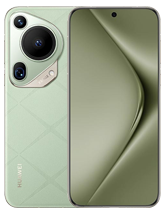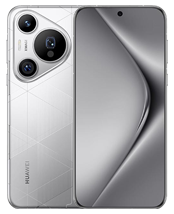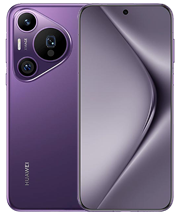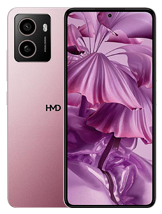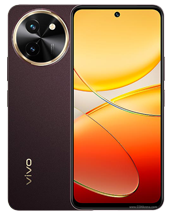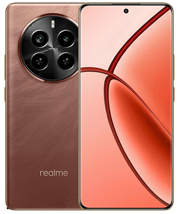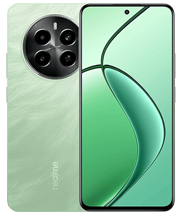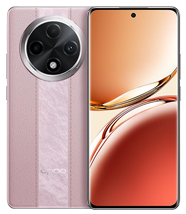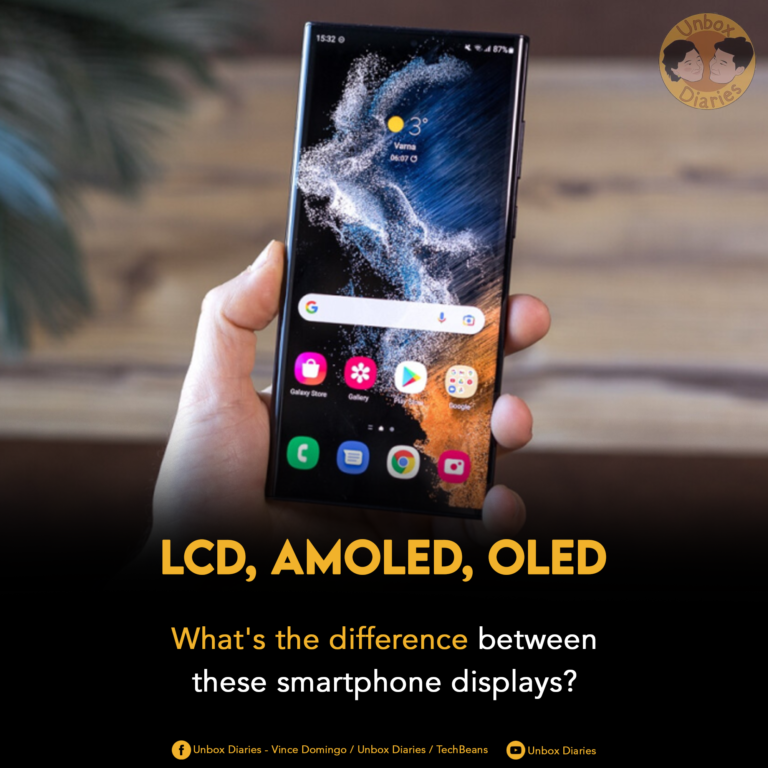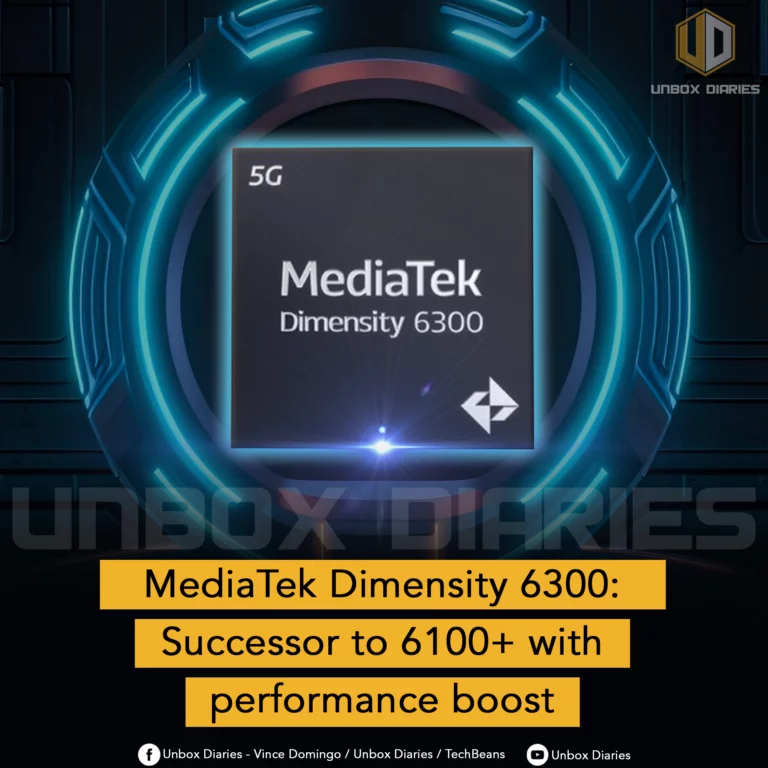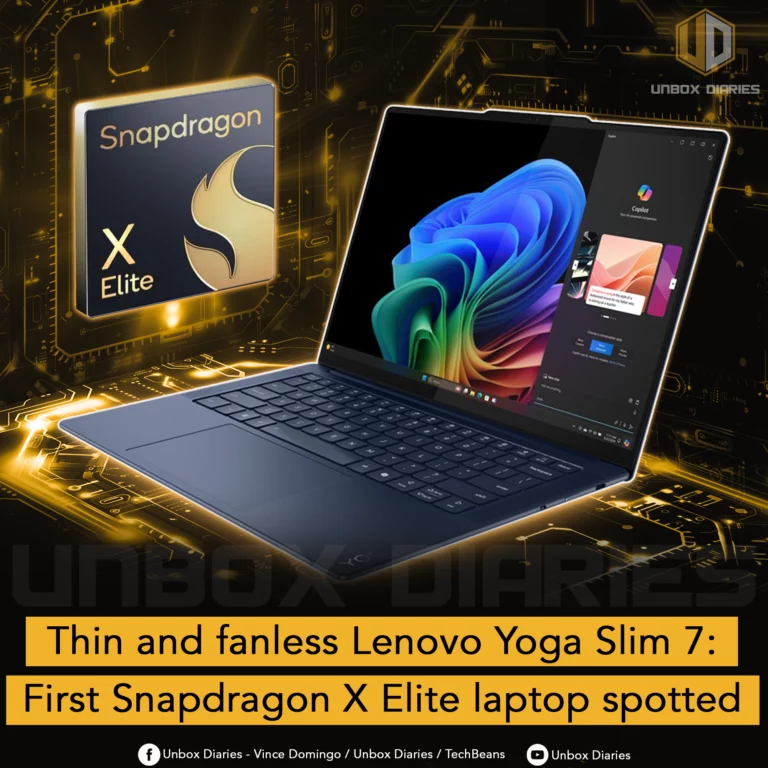IPS, OLED, AMOLED? What are those? It’s that time once again, to help you understand what are the various types of displays used in smartphones nowadays
Since the early days of mobile phones, smartphone displays have come a long way. When purchasing a smartphone, one of the most important factors to consider is the display quality.
The display is one of the most important components of the device because it provides a visual interface for users to interact with the phone and consume content. There are several types of smartphone displays on the market today, each with its own set of benefits and drawbacks.
Here are the various types of smartphone displays:
TFT (Thin-Film Transistor) Display
This type of display was commonly used in early smartphones. TFT displays are cost-effective, but they have limited viewing angles and color accuracy.

They also tend to have a slower response time, which can result in ghosting and blurring when playing games or watching videos. This type of display panel is mostly used in super budget phones of today, and mostly myPhone devices from back in the day. TFT LCDs are fine for social media consumption and general usage.
IPS (In-Plane Switching) Display

IPS displays offer improved color accuracy, better-viewing angles, and faster response times compared to TFT displays. These displays are commonly used in mid-range smartphones and provide an overall improved visual experience.
This kind of display panel is one of the most used in the industry today. It’s hard to find a modern smartphone nowadays with a purely IPS display, as this tech is also mixed with LCD as well. Apple’s so-called “Liquid Retina” display is just a marketing term for the IPS.
IPS are better for almost anything except for achieving a deeper black color which can only be replicated completely with AMOLED and OLED displays as they can completely turn off each pixel compared to IPS displays. However, in recent years, variations such as IPS Triluminos Displays from Sony, and IGZO LCDs from Sharp have found a way to achieve deep blacks on their screens. But still, no always-on-display function.
AMOLED (Active Matrix Organic Light Emitting Diode) Display
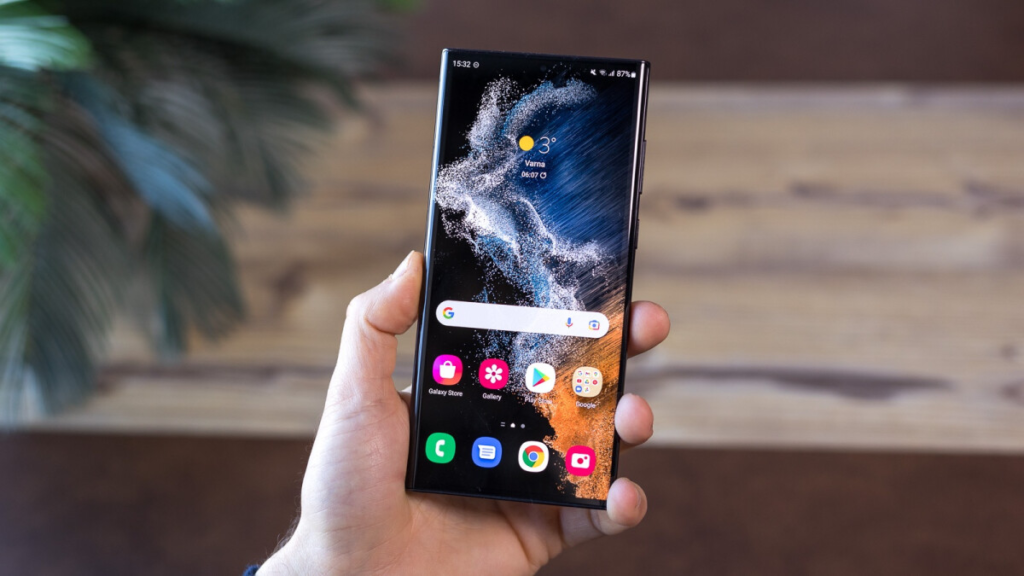
AMOLED displays are used in high-end smartphones and provide a superior visual experience compared to other types of displays. These displays have deep blacks and vibrant colors, which provide an immersive visual experience.
They also have lower power consumption compared to other types of displays and are more flexible, which makes them ideal for curved or foldable smartphones. Keep in mind that Samsung AMOLED and Apple’s Super Retina displays are under the same AMOLED tech with custom tweaks.
OLED (Organic Light Emitting Diode) Display
OLED displays are similar to AMOLED displays, but they do not have a backlight. This means that each pixel can be turned on and off independently, resulting in deeper blacks and improved contrast compared to other types of displays.
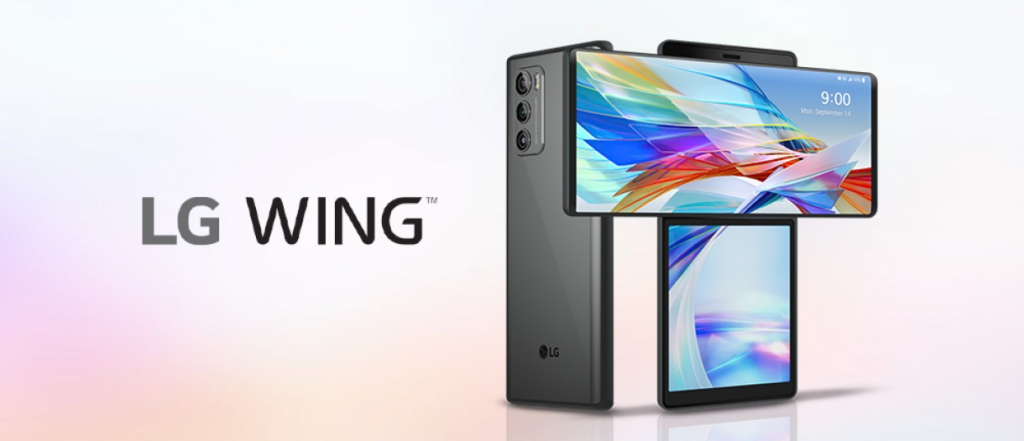
OLED displays are commonly used in premium smartphones and provide a high-quality visual experience. Other variations like Flow OLED, Foldable OLED, and P-OLED all work under the same tech with minor variations. Both OLED and AMOLED displays are the best choice for media consumption since it is more color accurate, more bright, and more vivid than LCD. However, it can suffer from burns in which if you leave your screen on for a while without using it, it may leave a ghostly imprint in it that you can’t remove.
Finally, the selection of a smartphone display is determined by personal preferences and budget. Although AMOLED and OLED displays offer a high-quality visual experience, they are more expensive than other types of displays.
Although TFT and LCD displays are less expensive, they may not offer the same visual experience as AMOLED or OLED displays. IPS displays provide a good balance of price and visual quality.

